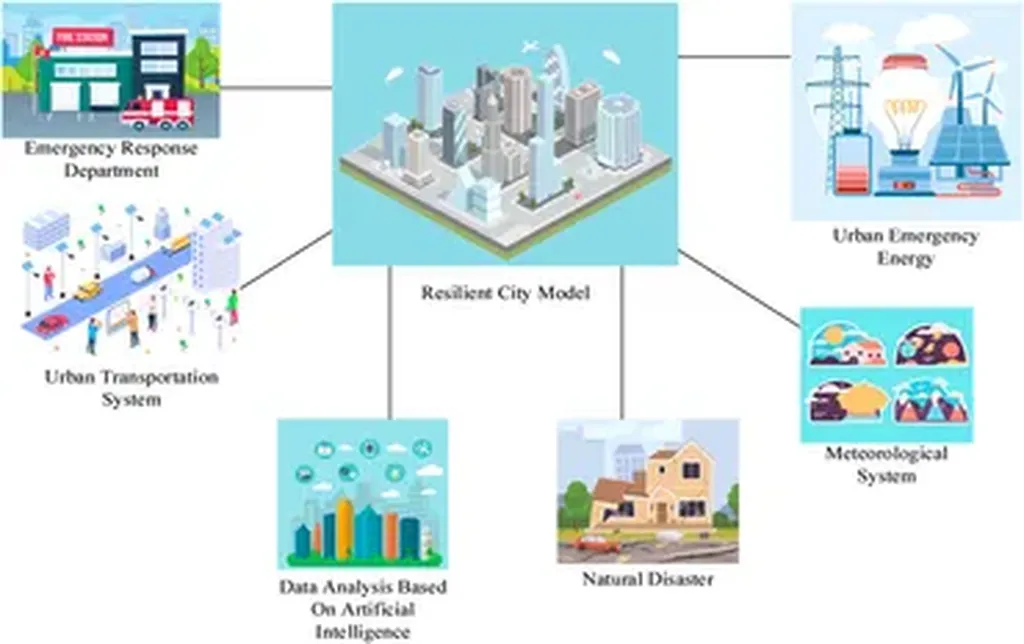In the heart of Ethiopia, a quiet revolution is unfolding—not one of political upheaval or economic transformation, but of urban expansion. Bule Hora Town, a secondary urban center in the Oromia Region, is experiencing a rapid and largely unregulated growth that is reshaping its landscape and challenging sustainable land management. A groundbreaking study, published in *Geocarto International* (which translates to “International Journal of Geospatial Information and Cartography”), sheds light on this phenomenon, offering insights that could reshape urban planning and energy infrastructure development in similar regions.
Led by Ajitesh Singh Chandel from the Department of Geography and Environmental Studies at Bule Hora University, the research employs a sophisticated geospatial framework to analyze the spatiotemporal dynamics of urban sprawl in Bule Hora Town from 1994 to 2024. The study integrates multi-temporal Landsat imagery, supervised classification, Shannon’s Entropy Index, landscape metrics, and multi-buffer analysis to paint a comprehensive picture of the town’s evolution.
The findings are stark. Built-up land in Bule Hora has tripled, expanding from 10.7% (496.2 hectares) to 33.0% (1532.2 hectares) over the study period. This growth has come at the expense of plantations and farmland, reflecting a broader trend of urban encroachment on agricultural lands. “The transition toward a dispersed urban morphology is evident,” Chandel notes, pointing to rising entropy values and fragmentation indices. “This dispersed pattern is driven largely by road infrastructure, with significant land conversion occurring within 1 kilometer of major corridors.”
The implications for the energy sector are profound. As urban areas expand, the demand for energy infrastructure—power grids, renewable energy installations, and fuel distribution networks—will inevitably rise. Understanding the patterns of urban sprawl can help energy companies anticipate demand, plan infrastructure development, and mitigate potential disruptions. “Road infrastructure is a dominant driver of urban expansion,” Chandel explains. “This correlation can guide energy sector investments, ensuring that power supply keeps pace with urban growth.”
The study’s methodology is particularly noteworthy. By combining Shannon’s Entropy Index and landscape metrics, Chandel and his team have developed a scalable geospatial approach that can be applied to other secondary towns in the Global South. This methodology supports sustainable urban development in line with the United Nations’ Sustainable Development Goals (SDGs), particularly SDG 11 (Sustainable Cities and Communities) and SDG 15 (Life on Land).
The research also highlights the importance of monitoring urban dynamics in secondary towns, which often lack the resources and planning capabilities of larger cities. “Secondary towns are the engines of rural development,” Chandel says. “Understanding their growth patterns is crucial for sustainable urban planning and resource management.”
As Bule Hora Town continues to grow, the insights from this study will be invaluable for policymakers, urban planners, and energy sector stakeholders. The geospatial techniques employed offer a blueprint for monitoring and managing urban expansion in similar regions, ensuring that growth is sustainable and aligned with broader development goals.
In the words of Chandel, “This research is not just about Bule Hora; it’s about providing a model for other towns facing similar challenges.” As the world grapples with rapid urbanization, the lessons from Bule Hora could illuminate the path forward, shaping the future of urban development and energy infrastructure in the Global South.

